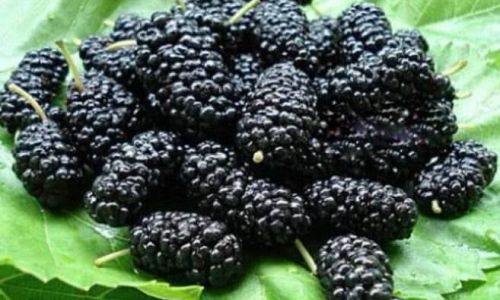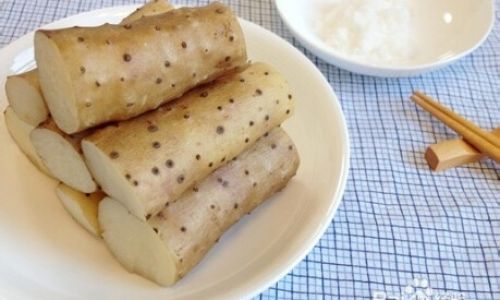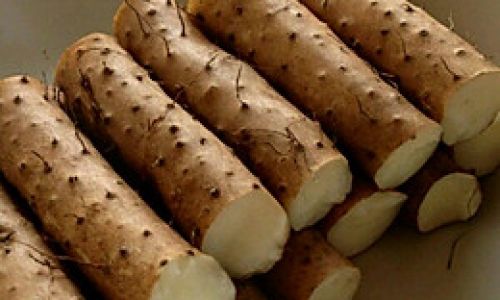Table of content
Introduction
Mulberries, with their sweet and slightly tart flavor, are a delightful fruit enjoyed by many. Whether you’re picking them fresh from a tree or purchasing them at your local farmer’s market, mulberries offer a nutritious and delicious treat. However, before you dive into this juicy fruit, it’s crucial to ensure they are thoroughly cleaned. This is particularly important if you’ve picked them yourself, as they may carry dirt, pesticides, or other contaminants. In this guide, we’ll explore how to clean mulberries in a way that’s both simple and effective, ensuring you can enjoy them safely and worry-free.
Understanding Mulberries
Mulberries (Morus species) are small, drupaceous fruits that grow on mulberry trees. They come in various colors, including white, red, and black, each with its unique flavor profile. White mulberries tend to be sweeter and more delicate, while black mulberries are often juicier and more flavorful. Red mulberries fall somewhere in between.
Mulberry trees are native to China but have been cultivated worldwide for their fruits and leaves, which are used to feed silkworms. The fruits themselves are rich in antioxidants, vitamins, and minerals, making them a valuable addition to your diet.
Why Cleaning Mulberries is Important
Cleaning mulberries is essential for several reasons:

-
Hygiene: Freshly picked mulberries may contain dirt, debris, and even small insects. Washing them removes these impurities, making them safer to eat.
-
Pesticides: Commercially grown mulberries may have been treated with pesticides to protect against pests and diseases. Thorough cleaning helps reduce the risk of ingesting these chemicals.
-
Preservation: Clean mulberries last longer when stored, as dirt and debris can promote the growth of mold and bacteria.
-
Flavor: Removing dirt and debris enhances the taste of mulberries, allowing you to fully appreciate their natural sweetness and flavor.
Choosing the Right Mulberries
Before you start cleaning, it’s important to choose high-quality mulberries. Here are some tips to help you select the best ones:

- Appearance: Look for mulberries that are firm, plump, and evenly colored. Avoid those that are bruised, moldy, or have soft spots.
- Smell: Fresh mulberries should have a sweet, slightly tart aroma. If they smell sour or have no odor, they may not be fresh.
- Source: If possible, buy mulberries from a reputable farmer or grower who uses sustainable farming practices and minimal pesticides.
Simple and Effective Cleaning Methods
Now that you’ve selected your mulberries, let’s dive into the cleaning process. Here are some simple and effective methods to ensure your mulberries are thoroughly cleaned:
Method 1: Rinse Under Running Water
This is the most straightforward method and works well for a quick clean.
Steps:
- Prepare a Colander: Place your mulberries in a colander with large holes to allow water to pass through.
- Rinse Under Cold Water: Turn on the faucet to a gentle stream and rinse the mulberries under cold water. Avoid using hot water, as it can soften the fruit and make it more susceptible to bruising.
- Gentle Agitation: Gently swish the mulberries around in the colander to loosen any dirt or debris. Be careful not to crush the fruit.
- Drain: Allow the mulberries to drain in the colander for a few minutes. You can gently shake the colander to remove excess water.
- Pat Dry (Optional): If you prefer, you can pat the mulberries dry with a clean paper towel or soft cloth. However, this step is optional and may not be necessary if you plan to use the mulberries immediately.
Method 2: Soak and Swish
This method is slightly more thorough and can be useful if your mulberries are particularly dirty or if you’re concerned about pesticides.
Steps:

- Prepare a Bowl: Fill a large bowl with cold water.
- Add Mulberries: Gently place the mulberries in the bowl. Avoid overcrowding, as this can make it difficult to clean them properly.
- Soak: Allow the mulberries to soak in the water for a few minutes. This will help loosen any dirt or debris attached to the fruit.
- Swish: Use your hands to gently swish the mulberries around in the water. You can also use a soft sponge or vegetable brush to gently scrub the surface of the fruit. Be careful not to crush the mulberries.
- Drain and Rinse: Pour the water and mulberries through a colander to remove the dirt and debris. Rinse the mulberries under cold running water to ensure all impurities are removed.
- Dry (Optional): Pat the mulberries dry with a clean paper towel or soft cloth if desired.
Method 3: Vinegar Solution
Using a vinegar solution is an effective way to remove pesticides and other contaminants from mulberries.
Steps:
- Prepare a Vinegar Solution: Fill a large bowl with cold water and add a few drops of white vinegar (about 1-2 tablespoons per gallon of water). Stir to combine.
- Add Mulberries: Gently place the mulberries in the vinegar solution.
- Soak: Allow the mulberries to soak for about 5-10 minutes. The vinegar will help break down any pesticides or waxy coatings on the fruit.
- Rinse: Drain the vinegar solution and rinse the mulberries under cold running water to remove any vinegar residue.
- Dry (Optional): Pat the mulberries dry with a clean paper towel or soft cloth if needed.
Method 4: Lemon Water Solution
A lemon water solution is another effective cleaning method, especially if you prefer a natural approach.
Steps:
- Prepare a Lemon Water Solution: Fill a large bowl with cold water and add the juice of half a lemon. Stir to combine.
- Add Mulberries: Place the mulberries in the lemon water solution.
- Soak: Allow the mulberries to soak for about 5-10 minutes. The acidity of the lemon juice will help break down any contaminants on the fruit.
- Rinse: Drain the lemon water solution and rinse the mulberries under cold running water to remove any lemon residue.
- Dry (Optional): Pat the mulberries dry with a clean paper towel or soft cloth if desired.
Tips for Storing Cleaned Mulberries
Once you’ve cleaned your mulberries, it’s important to store them properly to maintain their freshness and flavor. Here are some tips to help you store your mulberries:

- Airtight Container: Store cleaned mulberries in an airtight container to prevent oxygen exposure, which can cause spoilage.
- Refrigeration: Place the container in the refrigerator to keep the mulberries cool and fresh. They will typically last for 2-3 days in the fridge.
- Avoid Moisture: Make sure the container is dry before adding the mulberries to prevent mold growth.
- Don’t Wash Until Ready to Eat: If possible, wait until you’re ready to eat the mulberries to wash them. Washed mulberries will spoil faster than unwashed ones.
- Consume Promptly: For the best flavor and texture, consume cleaned mulberries within a few days of washing.
Conclusion
Cleaning mulberries is a simple yet crucial step in enjoying this delicious and nutritious fruit. By following the methods outlined in this guide, you can ensure your mulberries are thoroughly cleaned and ready to eat. Whether you choose to rinse them under running water, soak them in a vinegar or lemon water solution, or use another method, the key is to be gentle and avoid crushing the fruit. With proper cleaning and storage, you can enjoy fresh, delicious mulberries for days after picking or purchasing them. So, the next time you indulge in this sweet and tangy treat, remember to clean them first for a safer and more enjoyable experience.





0 comments